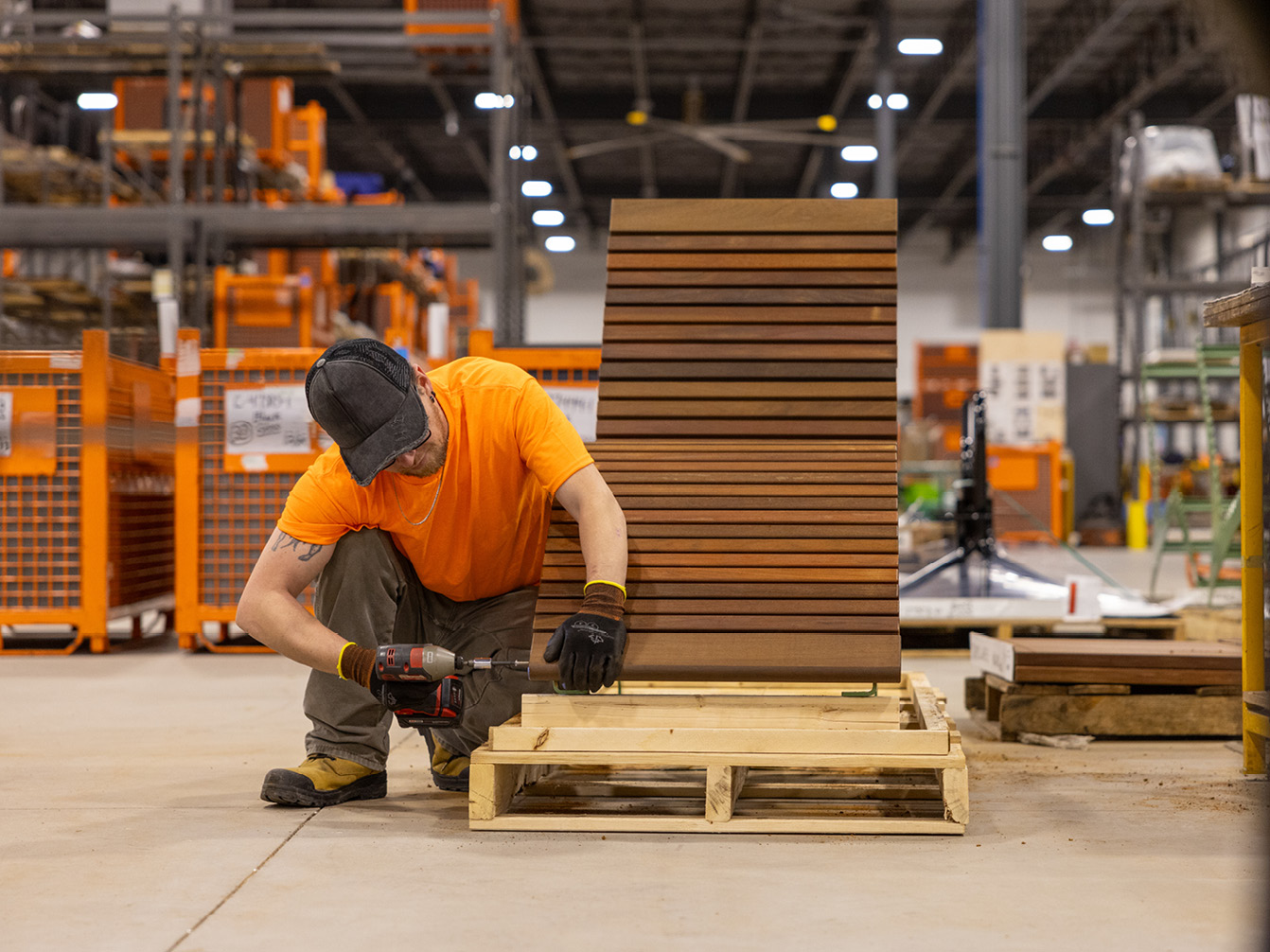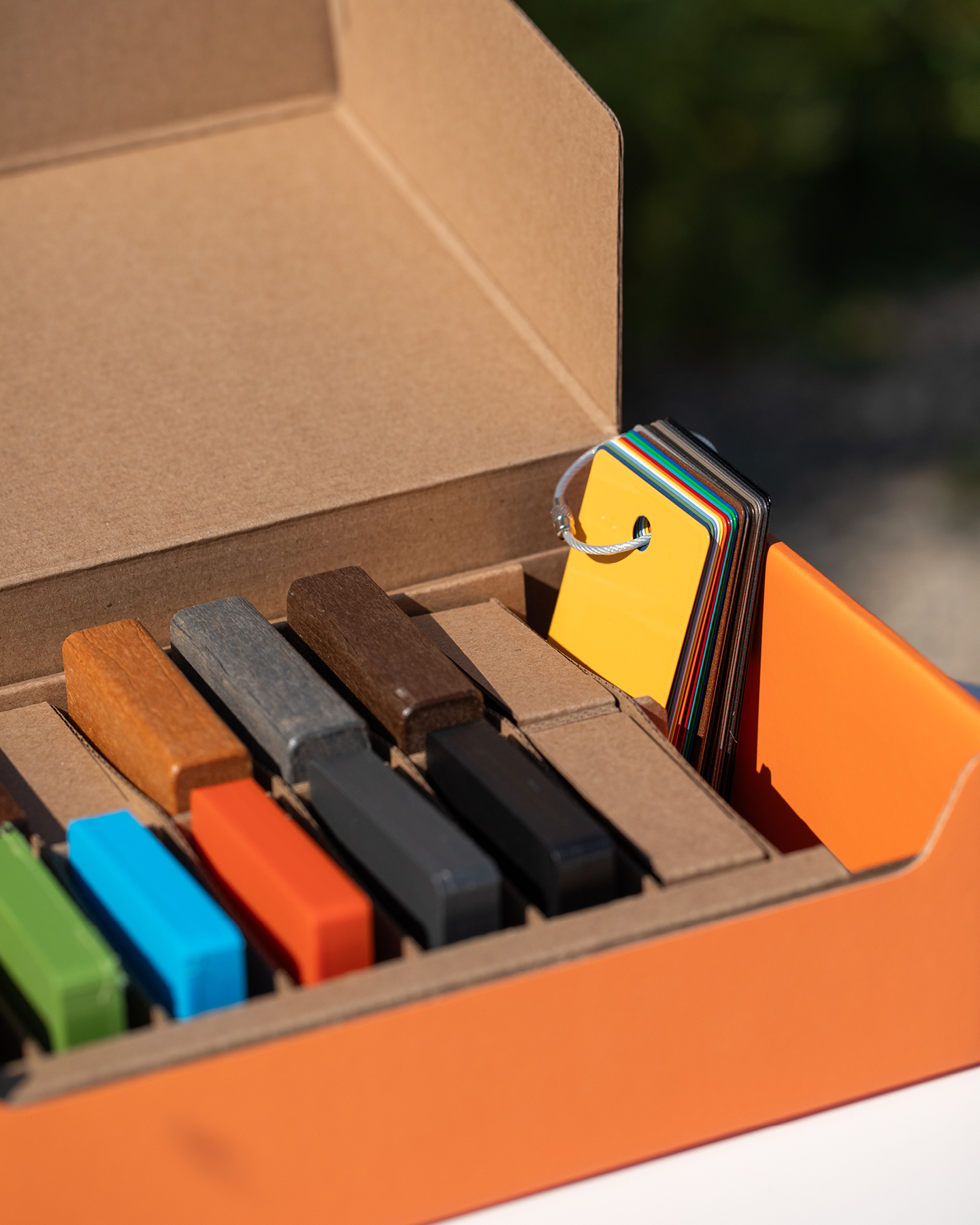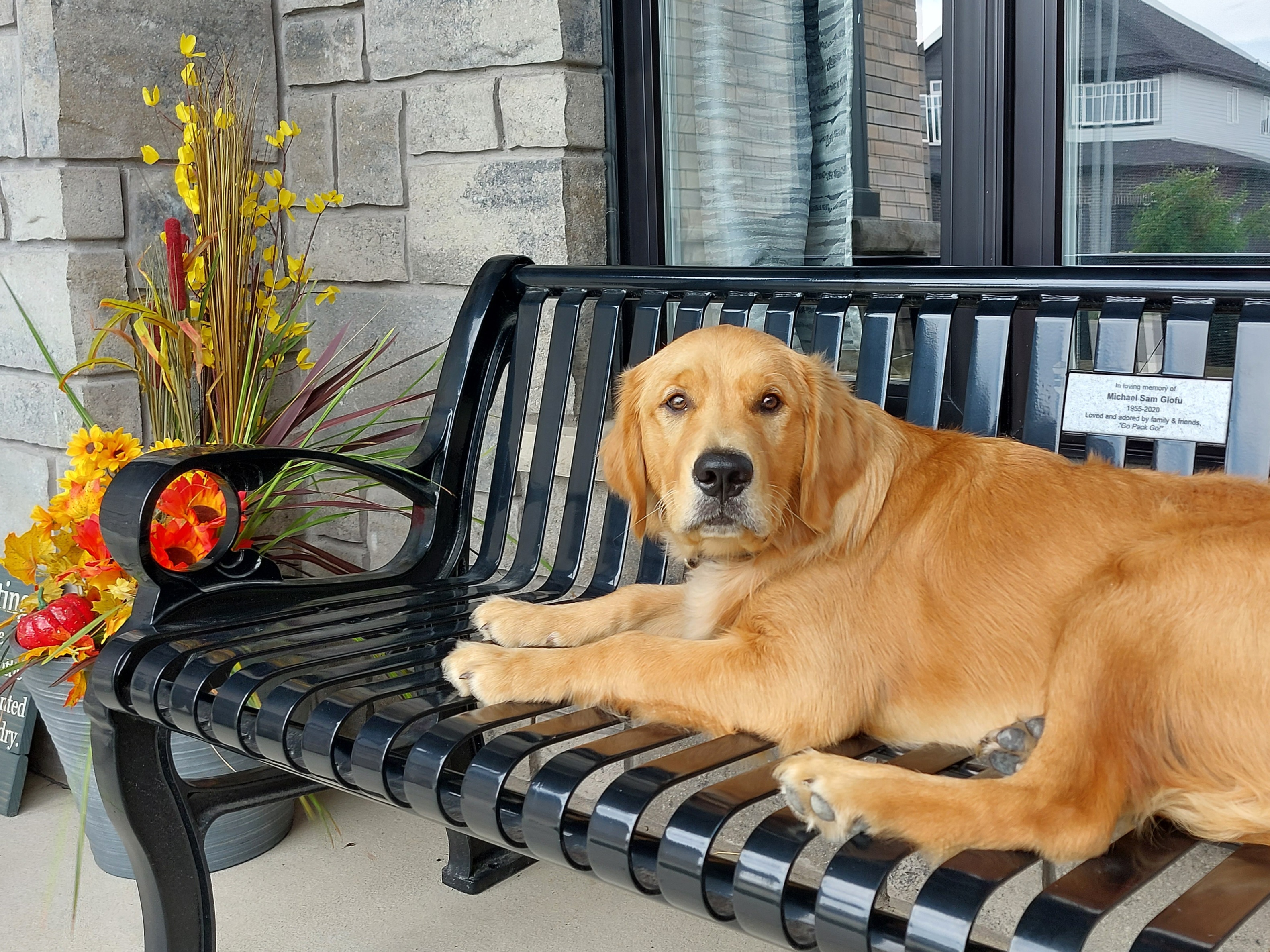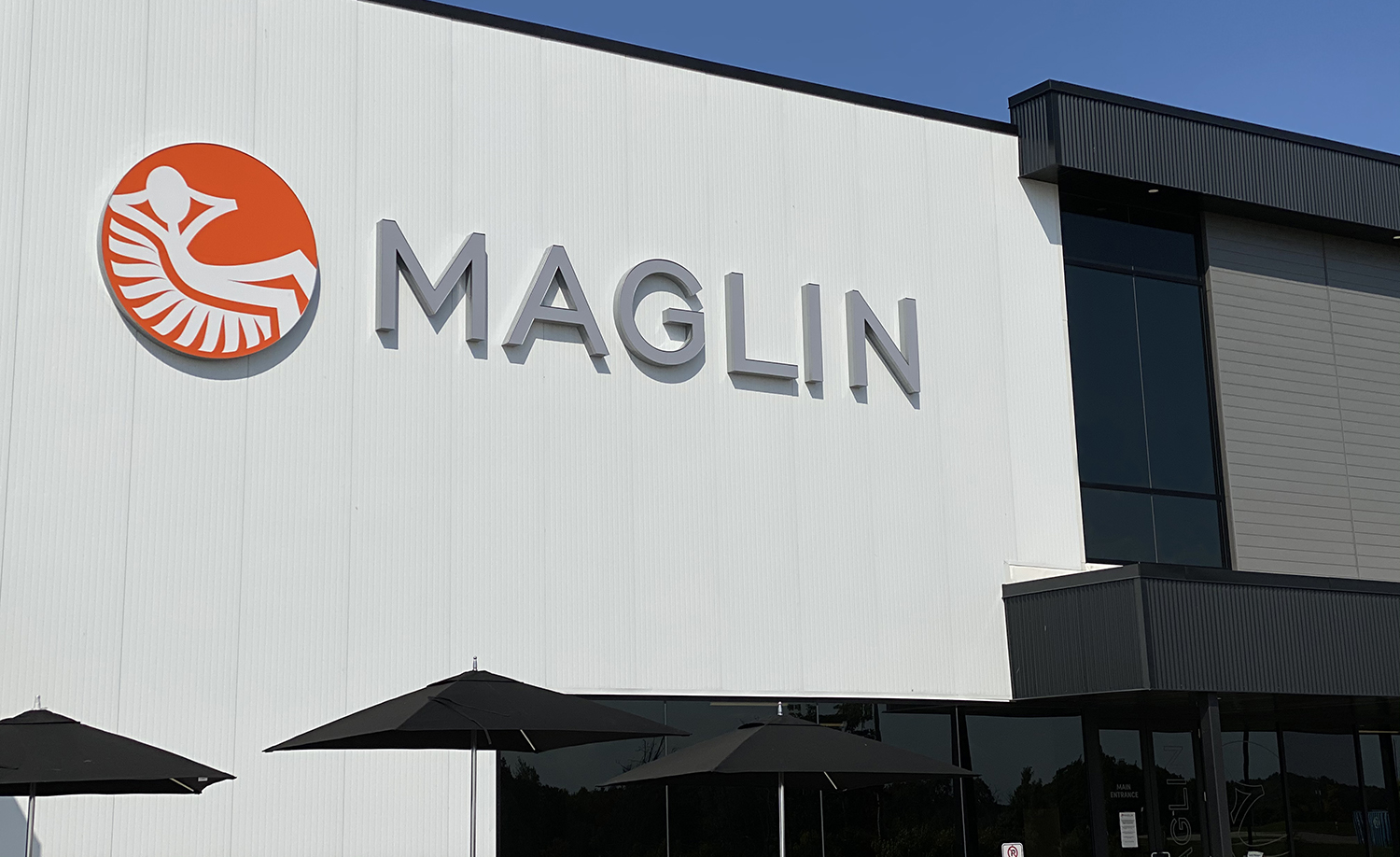Care & Maintenance

Product Information
Maglin Site Furniture manufactures its products to the highest standards of excellence, design integrity, durability and dependability. Unfortunately, some things are out of our control; such as misuse, vandalism or improper installation. Should there be any of these occurrences; Maglin makes the following suggestions to help maintain and return the product to its original beauty.

Materials, Cleaning, Care and Maintenance
We suggest regular inspections to identify any loose or missing hardware. These should be tightened or replaced immediately. If any part is found to be structurally cracked or broken it is recommended that the product be taken out of service until the appropriate repairs can be made. Contact Maglin for replacement parts. Should dirt from the environment build-up on any surface, wipe with a soft cloth and mild detergent. Abrasive and commercial cleaners, brushes or coarse steel wool should never be used on any surface.

Graffiti Removal
When graffiti needs to be removed, please follow the suggested recommendations in our Care & Maintenance guide.
